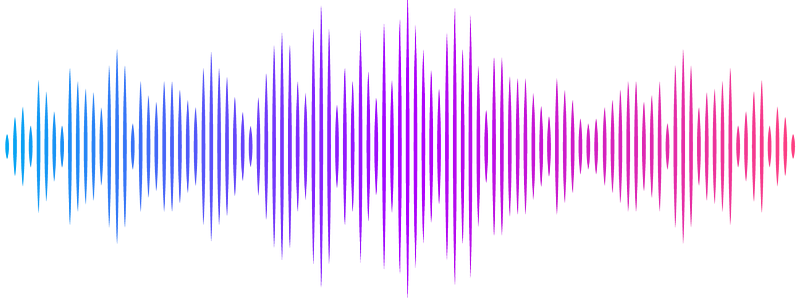Tracing the evolution of eccentric precessing binary black holes: a hybrid approach

Tracing the evolution of eccentric precessing binary black holes: a hybrid approach
Amitesh Singh, Nathan K. Johnson-McDaniel, Anuradha Gupta, Khun Sang Phukon
AbstractTo describe a general bound binary black hole system, we need to consider orbital eccentricity and the misalignment of black holes' spin vectors with respect to the orbital angular momentum. While binary black holes produced through many formation channels have negligible eccentricity close to merger, they often have a non-negligible eccentricity at formation, and dynamical interactions could produce binaries with non-negligible eccentricity in the bands of current and proposed gravitational-wave (GW) detectors. Another quantity that carries information about the formation channel is the angle between each black hole's spin vector and the binary's orbital angular momentum (referred to as the spin tilt) at formation. The spin tilts inferred in GW astronomy are usually those when the binary is in the band of a GW detector, but these can differ significantly from those at formation. Therefore, it is necessary to evolve the binary back in time to compute the tilts at formation. For many formation scenarios, the tilts in the formal limit of infinite orbital angular momentum, also known as tilts at infinity, are a good approximation to those at formation. We thus generalize the publicly available \texttt{tilts\_at\_infinity} code to compute the tilts at infinity for eccentric, spin-precessing binaries. This code employs hybrid post-Newtonian evolution, starting with orbit-averaged evolution for higher frequencies and then transitioning to precession-averaged evolution to compute the tilts at infinity. We find that the transition frequency used in the quasicircular case still gives acceptably small errors in the eccentric case, and show that eccentricity and hybrid evolution both have a significant effect on the tilts at infinity for many binaries. Finally, we give examples of cases where the tilts at infinity are and are not a good approximation to the tilts at formation in the eccentric case.